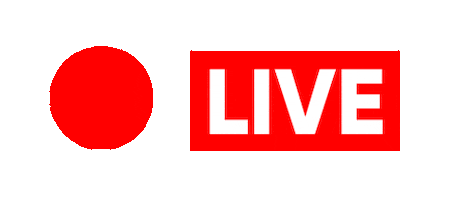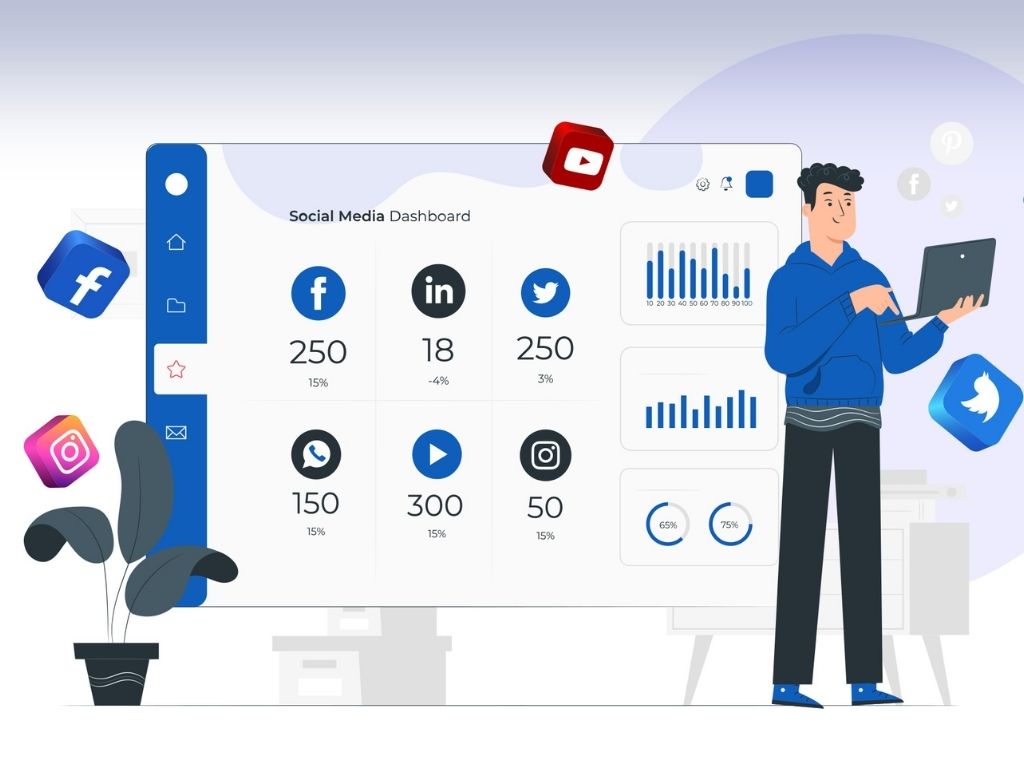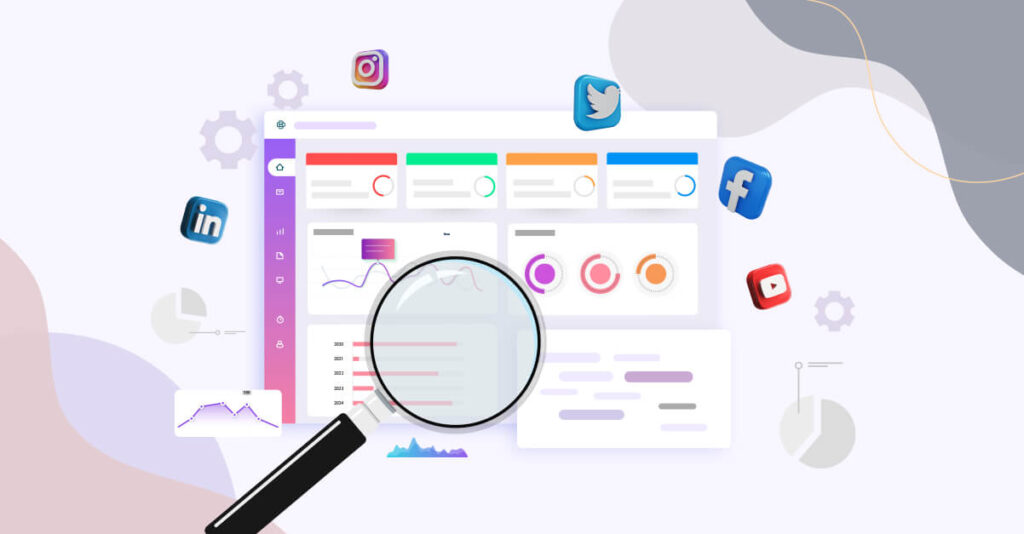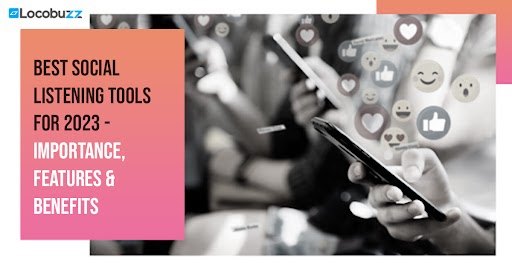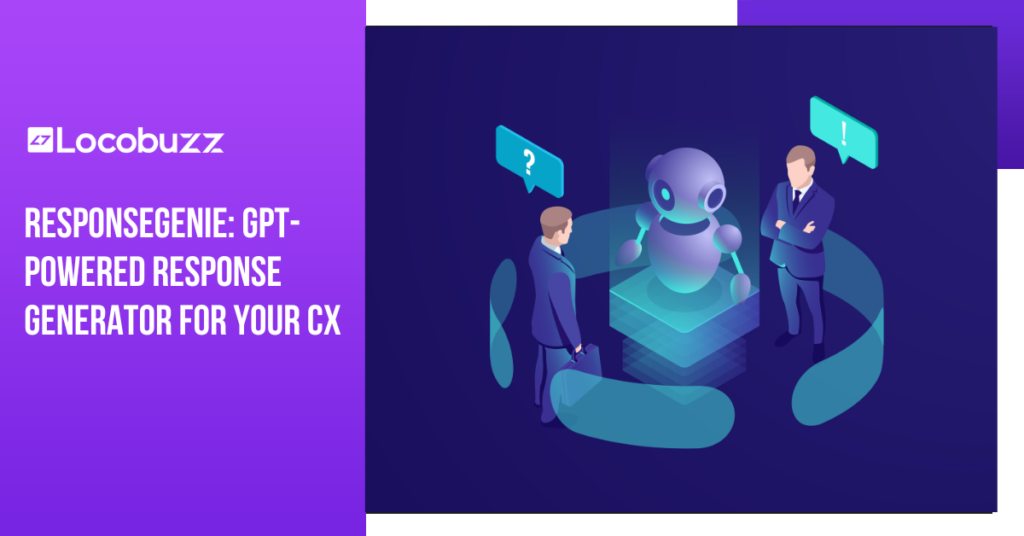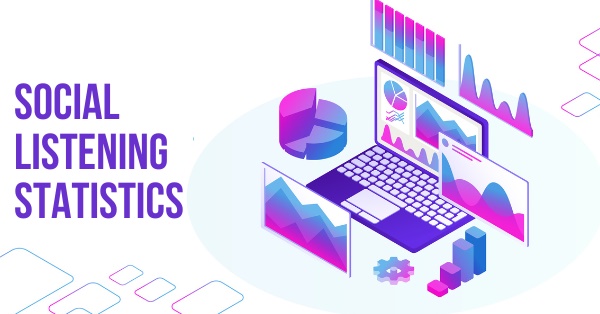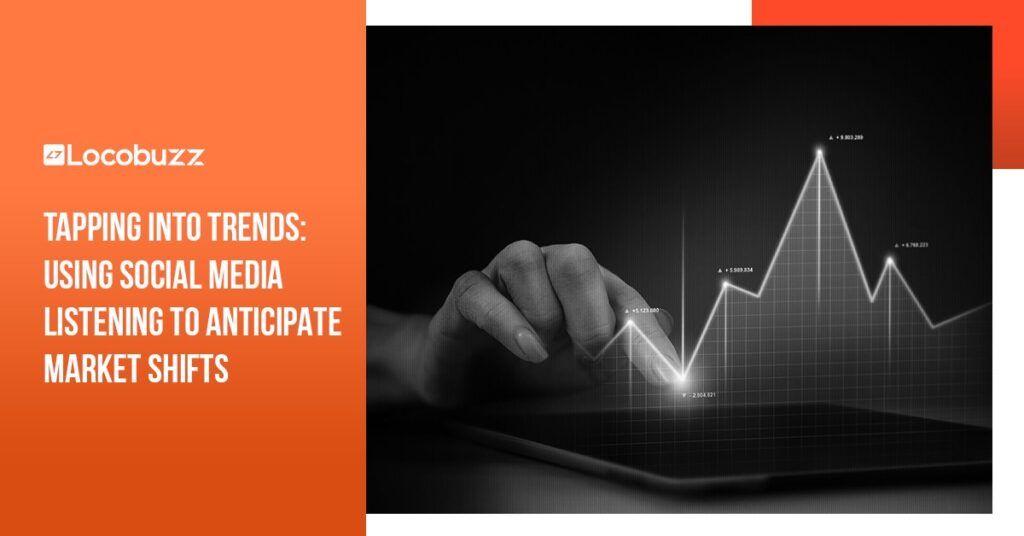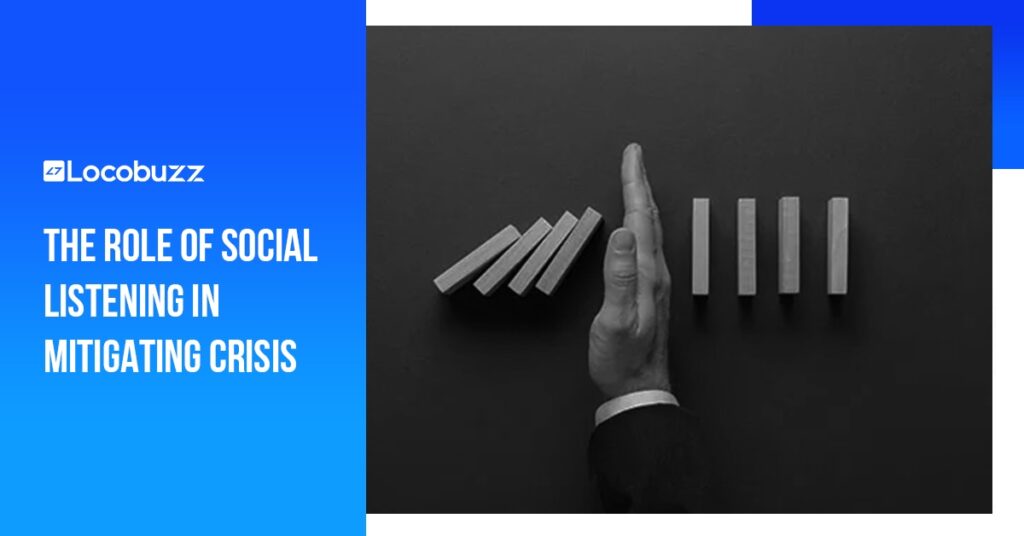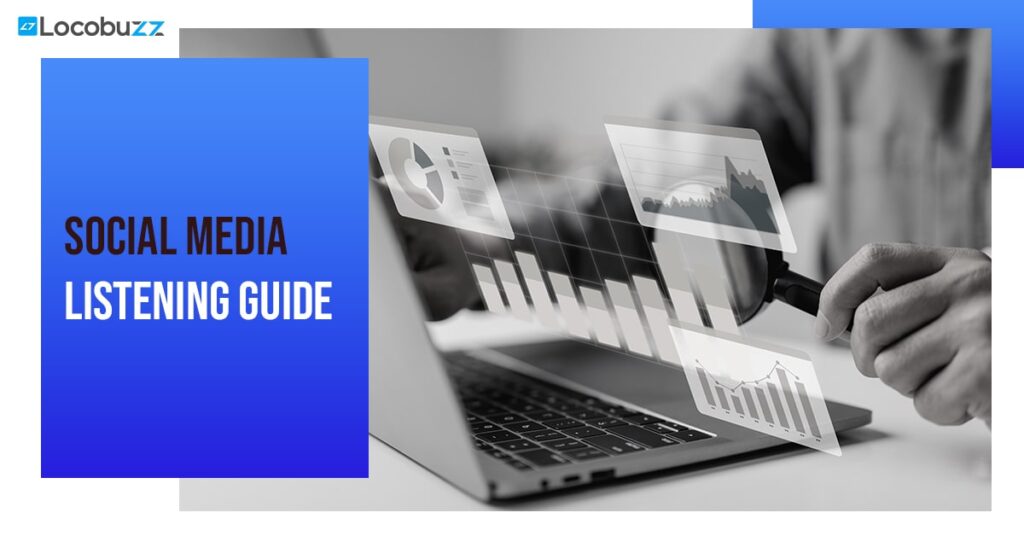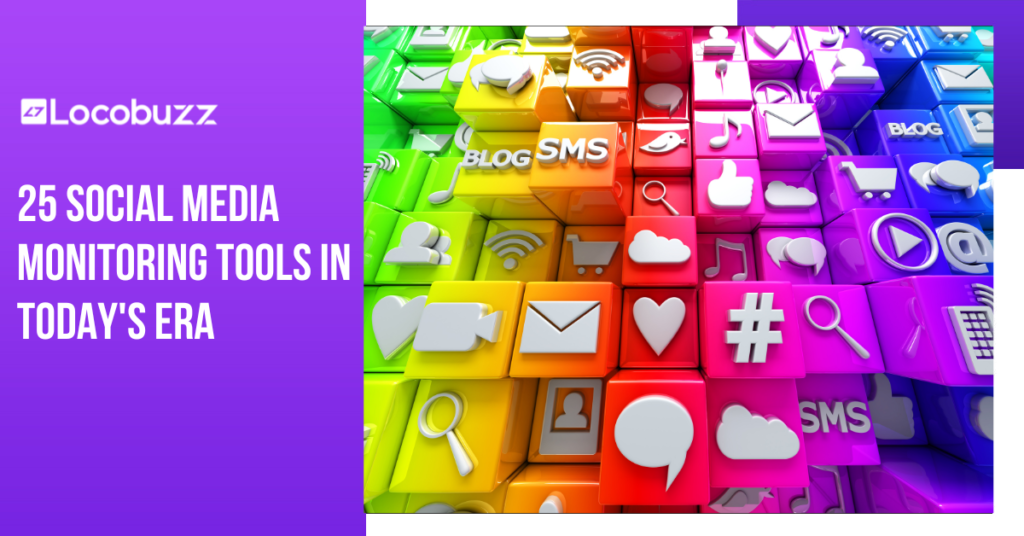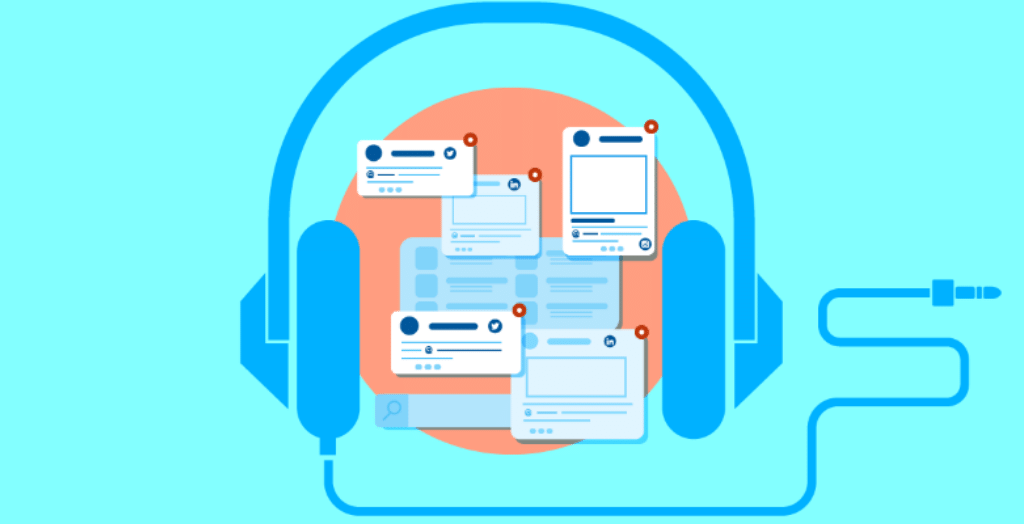Social Listening vs. Social Monitoring: The Difference
Social Media Monitoring Social media monitoring is the real-time tracking of brand mentions, comments, and pertinent debates across several social media sites. It emphasizes quick involvement in areas such as brand reputation management, customer inquiry response, and complaint handling. Companies utilize it to keep current on public opinions of them so they may respond quickly to comments and complaints. More tactically, this method helps companies handle issues and consumer relations as they develop. Social Media Listening Conversely, social media listening examines more general patterns, audience mood, and industry interactions than only tracking mentions. It enables companies to find trends, new ideas, and client problems that could guide long-term plans. Social media listening offers rich insights into consumer behavior instead of just reacting, which helps businesses to improve their messaging, create fresh goods, and predict market changes. Monitoring is about controlling instantaneous encounters; listening helps companies make data-driven decisions for the future. Customers continuously post their ideas, comments, and experiences on social media and internet platforms in the digital first world of today. For companies, knowing what consumers are saying and how they feel is essential for developing brand trust and loyalty; just being present online is insufficient. For companies trying to keep ahead, social media monitoring against listening becomes absolutely vital. Although both methods track online conversation chats, their uses are distinct. Social media monitoring against social media listening is about real-time tracking against in-depth analysis. Real-time response to a viral complaint by brands made possible by social media monitoring guarantees fast damage control and consumer satisfaction. On the other hand, social media listening picks up repeating problems that can point to a more serious one, including regular complaints about a product feature, which makes a company think about design changes or upgrades. Combining these strategies helps companies to control temporary crises and make smart decisions for long-term success.Knowing when to watch and when to listen can help marketing managers, PR teams, CX professionals, and business leaders enhance customer experience and make data-driven decisions that drive long-term growth. Although they seem to be identical, social listening and social monitoring have different uses in a digital strategy of a brand. Reactive social monitoring records direct mentions, comments, and brand-related interactions to control reputation, answer consumer questions, and help to minimize catastrophes. Conversely, social listening is proactive; it shapes long-term plans by analyzing more general industry trends, customer attitudes, and competitor data. This difference is especially important for marketing managers and PR teams since Social listening helps audience pain points, sentiment shifts and engagement trends, allowing marketing and PR teams to craft more effective messaging and campaigns. while monitoring helps to maintain brand health in real-time. Social listening and monitoring. For CEOs and executives, social listening provides competitive insights to drive product innovation, while social monitoring ensures real-time reputation management and customer service improvements. Monitoring guarantees that customer support personnel react to complaints quickly, therefore enhancing brand loyalty and trust. Social listening, meantime, gives leadership teams data-driven insights that enable them to predict changes in the market, create new products, and keep ahead of rivals. Make the impact clearer – Brands that integrate both strategies will enhance their reputation, improve customer relationships, and align marketing, PR, and CX initiatives with evolving consumer expectations. What’s The Difference Between Social Listening And Social Monitoring? Businesses have to properly monitor online interactions in a time when a single viral review, good or bad, can reshape a brand’s reputation overnight. Social media monitoring helps businesses respond in real time to brand mentions, industry trends, and customer concerns before it get larger issues. It lets Customer Support agents, PR teams, and marketing managers quickly spot and answer consumer questions, complaints, or brand references. Keeping a pulse on instantaneous feedback helps companies to control crises, enhance customer service, and preserve their online reputation. Social monitoring, on the other hand, is reactive and emphasizes what is stated now rather than pointing up more general patterns or future prospects. Conversely, social listening is a more deliberate method that examines over time industry trends, consumer attitudes, and more general internet dialogues. It clarifies for CEOs, founders, and CX teams consumer pain areas, new market trends, and competitive data. Data-driven insights let companies improve their messaging, expand their product line, and strengthen bonds with their consumers. Unlike monitoring, listening is proactive—it reveals latent trends in customer behavior, so allowing companies to predict changes in the market and act before problems develop. Social monitoring keeps companies relevant; social listening enables them to lead and innovate. Combining both helps companies make sure they are actively influencing the future of their sector rather than merely responding to dialogues. In the fast-paced digital scene of today, investing in the correct tools and techniques for monitoring and listening will help companies have a competitive edge. This explains social media monitoring vs listening Also read: The Power of Social Listening for the Education Industry Important Contrasts: Social Monitoring Vs. Social Listening Brands trying to make data-driven decisions must first understand the differences between social listening and social monitoring. Although they track online interactions, their aims are different. Their comparisons are as follows: Competitive intelligence depth Social listening: offers a thorough industry study, tracking of rival attitude, new trends, and market gaps. This enables companies to improve positioning and spot fresh prospects. Social Monitoring: Focusses on direct references, consumer comments, and brand involvement in social monitoring but does not offer a thorough understanding of competition tactics. Revenue Impact Social Listening: Spotting consumer requirements, driving product innovation, and enhancing the whole customer experience drives business development. It also supports future demand forecasting analytics in general. Social monitoring: Prevents income loss but does not actively create new income sources, therefore supporting crisis management and brand reputation. Data Use & AI Social Listening: Uses sentiment analysis and artificial intelligence-driven natural language processing (NLP) to find trends in unstructured data, therefore providing deeper insights. Social monitoring: Social monitoring lacks sophisticated AI-driven interpretation of sentiment and context but depends on keyword tracking and
Social Listening vs. Social Monitoring: The Difference Read More »
